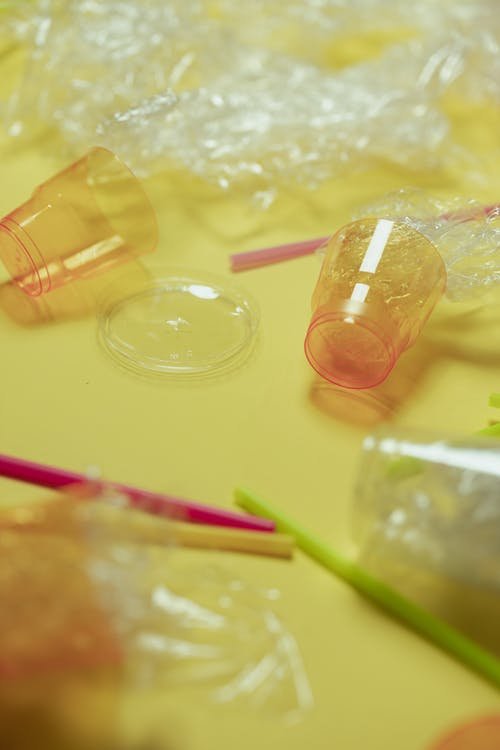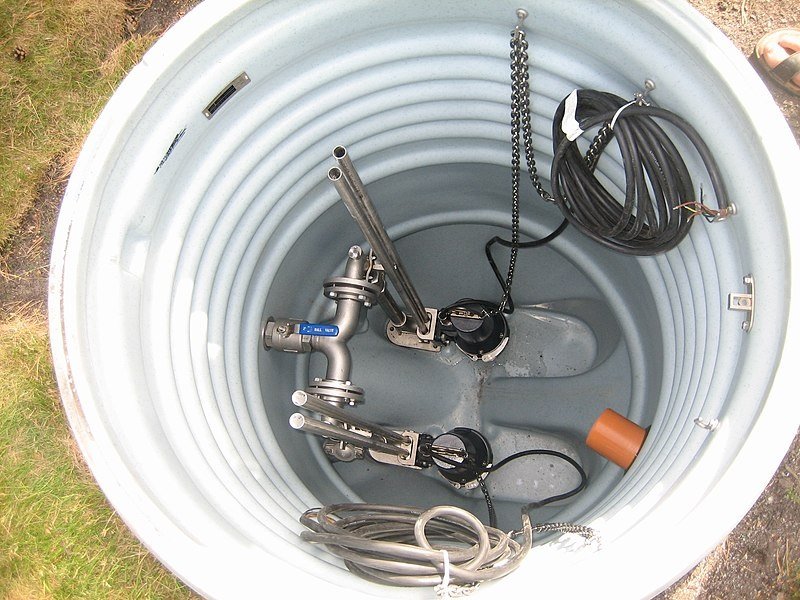Table of Contents Show
Indoor pollution is a serious issue that many people don’t think about. Did you know that the air inside your home can be up to five times more polluted than the air outside? That’s because many common household items emit harmful chemicals into the air.

Indoor air pollution can harm your health, causing respiratory problems, headaches, and even cancer. The problems worsen if you have children or senior citizens in your home.
In this blog post, we will discuss indoor pollution, its effects, and how you can protect yourself and your family from it.
What is Indoor Air pollution?
Indoor air pollution is a serious problem that many people are unaware of. The EPA estimates that indoor air can be up to five times more polluted than outdoor air. There is a growing body of research linking indoor air pollution to various health problems. Indoor air pollution is caused by a variety of things, including:
-Cleaning Products
Many cleaning products emit harmful chemicals into the air. Some of these chemicals include VOCs (volatile organic compounds), which can cause respiratory problems, headaches, and dizziness.
-Paint
Paint can also release VOCs into the air. These VOCs can irritate the eyes, nose, and throat. They can also cause headaches and dizziness.
-Air Fresheners
Air fresheners often contain harmful chemicals such as phthalates, which can disrupt hormones and cause developmental problems in children.
-Tobacco Smoke
Tobacco smoke is one of the most harmful things you can breathe in. It contains over 7000 chemicals, many of which are toxic. Tobacco smoke can cause various health problems, including lung cancer, heart disease, and stroke.
Read Also:
What Are the Effects of Indoor Air Pollution?
Believe it or not, the air inside your home is slowly killing you. Indoor air pollution has often been linked to several respiratory problems, and while indoor air pollution is a relatively new subject, there have been several studies on it.
-Respiratory Problems
Indoor air pollution can irritate the lungs and respiratory tract. It can also exacerbate existing respiratory conditions such as asthma and bronchitis.
-Headaches
Many of the chemicals found in indoor air pollution can cause headaches. These include VOCs, carbon monoxide, and nitrogen dioxide. This can also cause dizziness.
-Developmental Problems in Children
Exposure to indoor air pollution can cause developmental problems in children, such as ADHD and autism.
-Cancer
Several of the chemicals found in indoor air pollution are known carcinogens. These include formaldehyde, benzene, and asbestos.
Remember, you won’t get cancer until the indoor pollution in your house goes from bad to worse and stays that way for long. However, that doesn’t mean you can ignore it. So what can you do about it?
Fortunately, you can do a few things to protect yourself from indoor air pollution. Here are a few tips:
-Keep Your Home Clean
Regularly cleaning your home will help remove any pollutants that have built up over time. Be sure to use non-toxic cleaners and avoid using aerosols or air fresheners.
-Ventilate Your Home
Ventilation helps remove pollutants from the air and replace them with fresh air. Open windows and doors when weather permits and use exhaust fans when cooking or showering.
Clean Your Ducts Regularly
Your ducts can become full of pollutants over time. Be sure to have your air ducts cleaned regularly to remove any build-up.
-Test Your Home for Radon
Radon is a radioactive gas that can be found in homes. It is odorless and colorless, so the only way to know if you have it is to test for it. You can purchase a radon test kit at most hardware stores.
Use Indoor Plants
Indoor plants can help remove pollutants from the air. Some of the best plants for this job include peace lilies, spider plants, and bamboo palms.
-Replace Filters
Your furnace and air conditioner have filters that help remove pollutants from the air. Be sure to replace these filters regularly.
-Avoid Smoking
If you smoke, do it outside. Tobacco smoke is one of the most harmful things you can breathe in, so it’s best to avoid it altogether.
There are a few ways to check for air pollution in your home. You can purchase an air quality monitor, which will measure the levels of pollutants in the air. Alternatively, you can look for signs of pollution such as strong odors, visible mold growth, and water stains on ceilings or walls.
If you have any reason to believe that your home has high levels of indoor air pollution, it’s important to call in a professional for an inspection. This is especially true if you have young children or elderly family members, as they are more susceptible to the harmful effects of indoor air pollution.
Don’t wait until it’s too late to take action against indoor air pollution. Take steps today to protect yourself and your family from this invisible threat. Indoor air pollution is a real problem with serious consequences.
Don’t ignore it any longer. Act now and breathe easier, knowing that you’re doing everything to protect your health.









